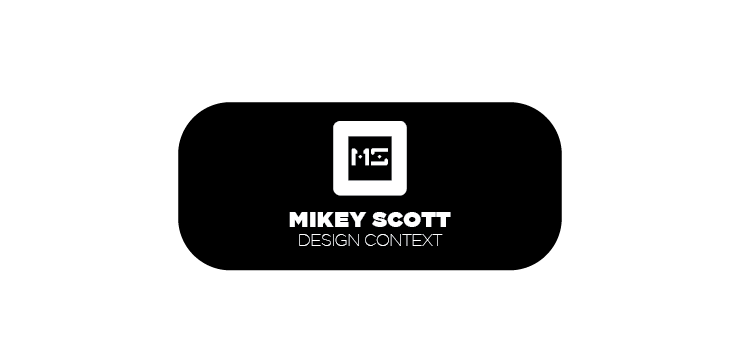There is often confusion about what ta canoe is and how it differs to a Kayak and when learning how to paddle a canoe i think it is quite important to understand these differences.
Above you will find the link to the Wiki page explaining what a canoe is, but as this task is to research how to paddle a canoe i shall quickly show the information that is relevant for this task.
Main facts about canoes
- A narrow boat, typically with an open top.
- Usually human powered by either single or double bladed paddles
- Usually pointed at both the Bow and Stern
- More commonly propelled by 2 people but it can vary
I also found some useful websites if you want to learn to paddle a Canoe
In still water the J-stroke is considered the most efficient technique:
The Draw stroke is a dfferent stroke that can be learned but allows you to steer the boat without switching sides:
A useful stoke for the driver at the stern of the boat: is Sweep stroke
I stumbled upon this website that doesn't have any information about paddling canoes, but it has a lot about kayaks and is actually quite and interesting insight into the sports of kayaking and canoeing.
and if you want to specifically learn about how to paddle a kayak then this page and instructional video gives many pointers.
There are a few techniques that are majorly important when paddling a canoe or kayak;
quoted from an article by Sean Morley on the Canoe & Kayak website
'ROTATION, ROTATION, ROTATION: The key to efficient paddling is torso rotation, which allows you to use the powerful muscles of your torso and lower body to move the boat. Proper rotation requires good posture, so the first thing to do is sit up straight with your spine pressed against the back of the seat. This allows you to rotate your whole torso, from the shoulders right through to the buttocks. Try this drill: Rotate forward and touch the power face of the blade to the opposite side of the boat.
GRIP THE WATER: Think of the paddle blade as an extension of your palm, and use it to grip the water. The point is not to pull the paddle through the water; it’s to push the boat past the blade. Place the blade as close to the hull as possible, and make sure it is securely planted before you apply power. A good catch is almost silent. Spear the water. You want to avoid the plop and minimize the splash.
A WHOLE-BODY EXERCISE: Apply power to the paddle by unwinding your torso. You should feel the connection from the face of the blade all the way to your feet. Your arms remain straight but not locked—their primary role is not to generate power, but to transfer force generated by the much larger muscle groups of the torso, hips and legs. Try this drill on land: Sitting in the catch position with a partner standing to one side, brace your foot against your partner’s and hook the power face of your paddle blade behind his calf. When you apply pressure you’ll feel the full-body connection. Then try it without bracing your foot.
RELEASE AT THE HIPS: To maintain the best grip on the water, the blade should arc from a spot just outside your toes at the catch, to a place about 18 inches outside your hips at the release. It’s not a straight line. It’s more like a J. The stroke becomes much less efficient when the hips pass in front of the blade, so resist the temptation to lengthen the last part of the stroke.
RIDE THE GLIDE: Let the kayak run as you rotate forward toward the next catch. This “air time” gets the most out of efficient power application. It gives you a moment to relax, and also to think about fundamentals: a relaxed grip, loose hips, and rotation, rotation, rotation.'
For some primary research I have designed a quick Questionnaire for avid canoeists to fill out, I think the questions asked should give me a a decent idea of how to paddle a canoe.















